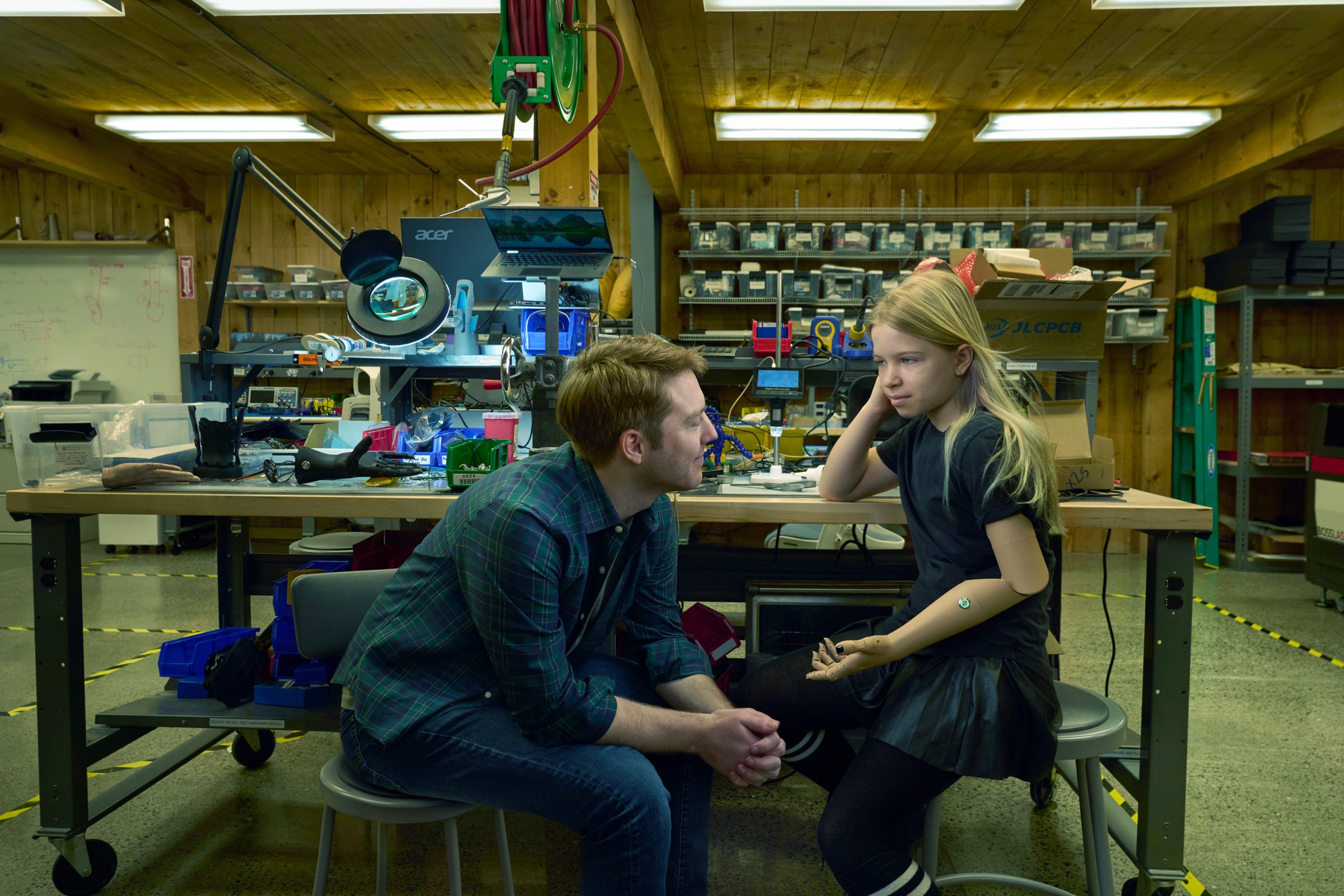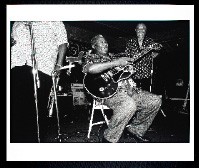Annie Leibovitz photographed a nude John Lennon grasping Yoko Ono. She photographed Mick Jagger standing next to Keith Richard, both shirtless. And she captured Queen Elizabeth II standing dramatically in front of a stormy looking sky.
Now, she’s added FedEx Corp. founder/chairman Frederick W. Smith to the list.
According to a news release from FedEx Corp., the company “partnered with legendary photographer Annie Leibovitz on an iconic storytelling series to celebrate the company’s 50th birthday on April 17. Named Driving Passions, this collection incorporates the power and possibilities of FedEx by showcasing three small businesses that represent the startups, innovators, and legends in the making — individuals and teams intrinsically connected by the innovative FedEx spirit bridging now and the next 50 years.”
The collection is on display April 14th through June in the mezzanine ticket area outside of terminal B in the main level of the Memphis International Airport.
Leibovitz took the photo of Smith in Memphis, says FedEx communication advisor Casey Gleysteen.
And, Gleysteen says, “The only one shot in Memphis was Mr. Smith.”
Also included in the collection is Marianne Senkowski, FedEx manager, revenue management and small business advocate.
According to the release, the Driving Passions portrait series “tells the story of how the visionary founder of FedEx, FrederickW. Smith, brings the support and dream of entrepreneurship to small businesses full circle.”
The three businesses are Unlimited Tomorrow, Terra Beauty Bars, and Ginjan Brothers.
According to the release, Unlimited Tomorrow was “founded by Easton LaChappelle, a millennial inventor who wanted to create affordable prosthetic limbs using 3D printing technology. With his team of engineers, LaChappelle is changing lives by providing customizable prosthetics that are both personalized and functional.”

Terra Beauty Bars is “co-founded by three Brazilian-American sisters, one a U.S. Army veteran, and their mother. The women cultivated their combined skills and heritage as building blocks for a small business success story. Terra provides award-winning products that are good for you, sustainably made, cruelty-free, plant-based, and always crafted with a dash of family love.”

Angela Gomes, Fernanda Gomes, Luana Gomes Cunha, and Jasmine Gomes Martin of Terra Beauty with Fernanda’s daughters, Olivia and Amada (Credit: Annie Leibovitz)
And Ginjan Bros. is “a beverage company founded by two brothers who wanted to share the taste of their African heritage with the world. Their signature drink, ginjan, is made from a blend of ginger, pineapple, and hibiscus, and enjoyed by people of all ages.”

Mohammad Diallo and Rahim Diallo of Ginjan Bros. (Credit: Annie Leibovitz)


